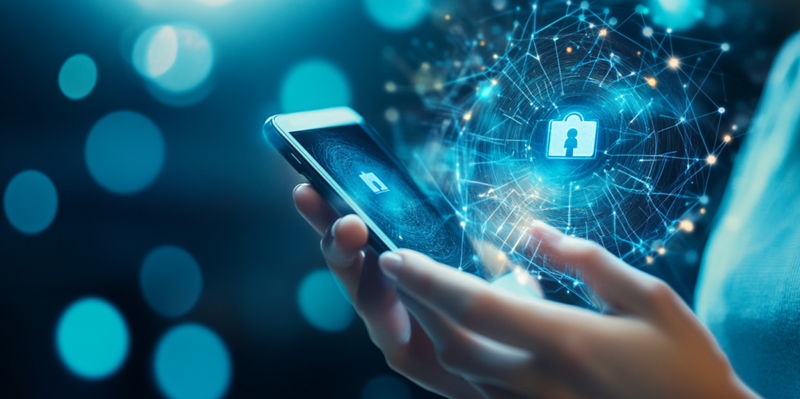The Emerging Threat of FakeCall Malware
Mobile cybersecurity has faced a significant new challenge with the emergence of FakeCall, a sophisticated malware variant that employs advanced vishing (voice phishing) techniques. This malware targets mobile devices, deceiving users into divulging sensitive financial information by impersonating legitimate institutions during phone calls. Identified by cybersecurity experts, FakeCall exploits mobile-specific functions, intercepting and manipulating calls through a command-and-control (C2) server, making detection particularly challenging.
The Mechanics of FakeCall
How FakeCall Commences Its Attack
FakeCall begins its attack sequence when a user unknowingly downloads an innocuous-looking APK file. This APK file acts as a dropper, installing the primary malware onto the victim’s device. Once active, the malware takes over the device’s call functions, even replicating legitimate call interfaces to further deceive users. One of the key aspects of FakeCall’s deceptive power is its ability to hijack call functions on Android devices seamlessly, making it appear as if users are genuinely interacting with their bank or another trusted institution.
The use of signing keys allows FakeCall to bypass standard defensive measures, adding another layer of complexity to its detection. Cybersecurity experts stress the importance of advanced security measures and vigilance in scrutinizing app sources to prevent such sophisticated malware attacks. As the mobile threat landscape evolves, users must remain aware of the potential risks posed by downloading and interacting with seemingly harmless applications.
Mobile-Phishing Tactics Employed by FakeCall
Employing a variety of mobile-phishing tactics, FakeCall showcases its ability to tailor its methods effectively to mobile platforms. Vishing, or voice phishing, is one of its core techniques, involving fraudulent phone calls to extract sensitive information from unsuspecting users. Smishing, which leverages SMS messages for phishing attacks, and quishing, which uses QR codes, are also part of FakeCall’s diverse toolkit. These techniques enhance the malware’s ability to deceive users, making it a formidable adversary in the realm of mobile cybersecurity.
Recent versions of FakeCall have incorporated new features such as Bluetooth and screen receivers, which subtly monitor device status. These capabilities suggest potential future developments in the malware’s evolution, further complicating detection and prevention efforts. Additionally, FakeCall leverages Android’s Accessibility Service, allowing attackers to remotely control the device’s user interface and bypass security prompts. This level of control underscores the sophisticated nature of FakeCall and its potential to wreak havoc on compromised devices.
Implications for Business and Personal Communications
The Threat to Business Communications
The emergence of FakeCall presents a significant threat to business communications, particularly given the malware’s capability to combine elements of adversary-in-the-middle attacks with command-and-control functionalities. Experts note the concerning trend of these tactics, which can hijack mobile devices and intercept sensitive communications. This poses a tangible risk to businesses, as compromised devices can lead to data breaches, financial losses, and reputational damage.
Furthermore, the pervasive use of mobile devices in business environments amplifies the threat posed by FakeCall. Employees often use their mobile devices for both personal and professional communications, blurring the lines between the two and increasing the potential for exposure to malicious attacks. The ability of FakeCall to imitate legitimate call interfaces makes it particularly dangerous, as users may be more likely to fall victim to its schemes without realizing that their device has been compromised.
Ensuring Mobile Device Security
Mobile cybersecurity has encountered a tough new hurdle with the rise of FakeCall, a highly advanced malware variant. This threat uses sophisticated vishing (voice phishing) methods, directly targeting mobile devices to trick users into giving away sensitive financial information. FakeCall’s strength lies in its ability to mimic genuine institutions during phone conversations, making it particularly deceptive. Cybersecurity professionals have identified that this malware uses mobile-specific features, intercepting and manipulating calls through a command-and-control (C2) server. This capability makes detecting and combating FakeCall especially difficult, as it can effectively disguise its malicious activity. Additionally, the fact that it operates in real-time during phone calls adds another layer of complexity to cybersecurity efforts. Overall, FakeCall poses a significant threat to mobile device users, emphasizing the need for enhanced security measures to combat such sophisticated cyber threats.

